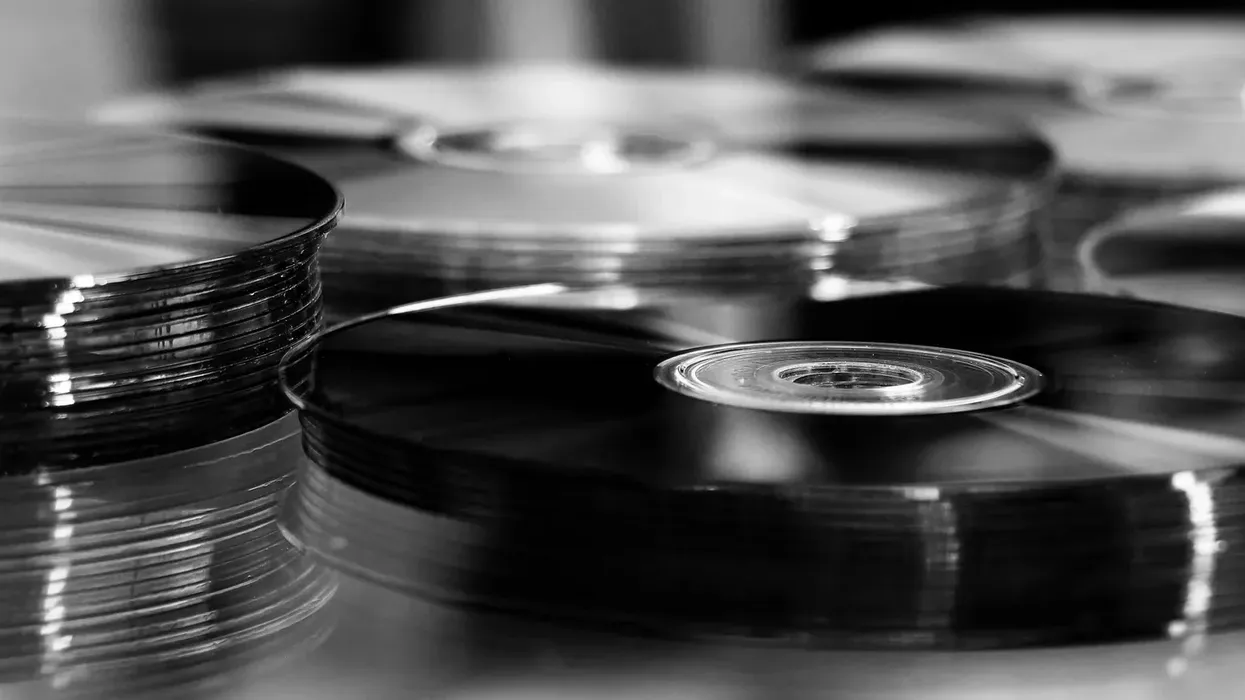
This post was written by Michelle Gallina and originally appeared on the Adobe blog on June 14th, 2024.
This documentary explores the fascinating story of the technology-driven disruption that changed music during the late 90s and early 2000s. File-sharing technology, coupled with the demand for new music, motivated millions of young people to engage in outright theft — and be celebrated for it. Narrated by Method Man with interviews from Eminem, 50 Cent, Rocsi Diaz, Timbaland and more, it captures the clash between traditional music distribution and the digital revolution.
We spoke with Bryan Monroe Simpson, the editor of the docuseries about crafting the documentary using Premiere Pro and After Effects. The Speech to Text tool, in particular, allowed him to work efficiently by quickly searching for specific words and phrases across numerous interviews during the editing process.
“How Music Got Free” is now available to stream on Paramount+. Read on below for more behind the scenes insights.
How and where did you first learn to edit?
After college, I worked at a commercial posthouse as a runner. I had no editing knowledge or experience, so I would stay late and learn.
How do you begin a project/set up your workspace?
Organization is key. I make sure all media is separated out into proper folders outside Premiere Pro and bins inside Premiere Pro. Having everything in its right place allows me to access and find things easily throughout a project. In regards to my workspace, I make sure to have a pen and notebook around so I can jot down to-dos, record feedback, and make doodles as I move through a project.
Tell us about a favorite scene or moment from this project and why it stands out to you.
As a lover of music and someone who lived through the time this documentary covers, it was fun to edit using music from that era. There’s a scene where the FBI tracks down, arrests, and interrogates some of the music pirates. I was thinking of a song for the scene we recalled in “Sabotage” by the Beastie Boys. I not only utilized the music in the scene, but also interspersed scenes from the music video with our interviews and re-creation footage. The music and the visuals match well with the chaos and confusion the pirates talk about feeling in those moments.
What Adobe tools did you use on this project and why did you originally choose them? Were there any other third-party tools that helped enhance your workflow?
We used Premiere Pro and After Effects. I can only speak to the former, but it made things efficient in how we worked. Specifically, the transcription tool became integral. We had a plethora of interviews (more than 10), so being able to search for and pull specific words or phrases that could then be incorporated into the edit was incredibly helpful.
Do you use Frame.io as part of your workflow? If so, how do you use it?
We didn’t use it on this project, but I frequently use Frame.io on other projects. It’s great for posting rough cuts and giving/receiving feedback.
If you could share one tip about Premiere Pro, what would it be?
It’s less of a tip for Premiere Pro than it is about editing in general, but always remember to save or set up an auto-save timer that works for you and your project. Also, back up your project at the end of every day. There aren’t many things worse than a computer or drive crashing and losing work you end up having to redo. S*** happens, especially with technology, so it’s better to be safe than sorry.
Who is your creative inspiration and why?
My creative inspiration is my family and friends. They give me a front row seat to seeing the world in different ways. They’re also good at reminding me to keep going when things get tough. My brother and I recently made a short documentary about our Dad, who passed in 2016. In the doc, we used footage from an interview a friend conducted with our Dad, which we didn’t know existed until after our Dad passed. A piece of advice our Dad gives in the interview, that we included in the film, is to create something — even if you’re not proud of it, continue creating because eventually you’ll create something you’re proud of. I think about that a lot.
What’s the toughest thing you’ve had to face in your career and how did you overcome it? What advice do you have for aspiring filmmakers or content creators?
I’ve been freelancing for the majority of my career. I love it, but it took me a while to get comfortable with the lifestyle — especially when there were extended periods of downtime. I’d say embrace the downtime and the work because it’s always a cycle. You don’t have one without the other. Also, when you do have downtime, find ways to get or stay inspired (watch films, read books, go outside, etc.) and continue making things (whether it’s films, other art, or connections).
Share a photo of where you work. What’s your favorite thing about your workspace and why?
Below is the space at Feed the Animals where I worked on this project. I thoroughly enjoy having multiple monitors and separating the program panel from other panels. Besides not having my dog/assistant Zuzu nearby, it’s basically the same as my workspace at home.

Author: Sponsored Content
This article comes from No Film School and can be read on the original site.
